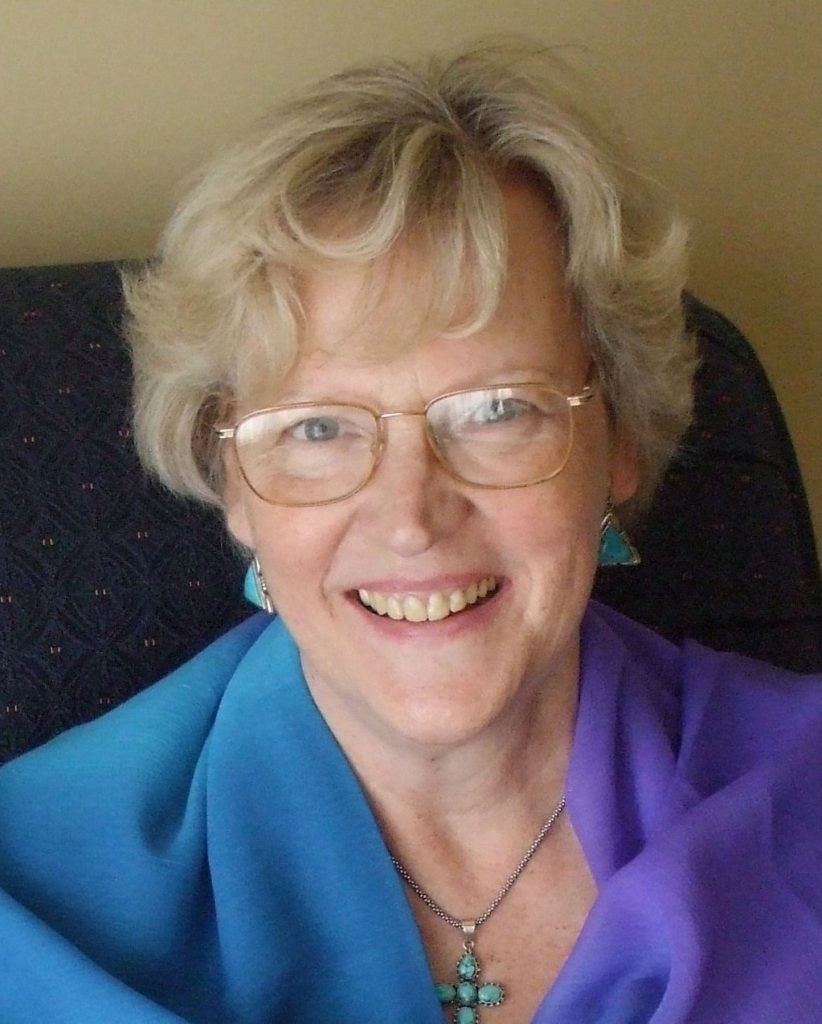It is appropriate at this stage to quote the words of Dr Shanida Nataraja in her book The Blissful Brain: “Although Western thinking has, until recently, drawn a clear line between scientific and spiritual matters, we are in the midst of an important shift in thinking. It is becoming more widely accepted that science and spirituality are complementary aspects of a greater whole, each capturing a differing and partial representation of a greater reality. A deeper understanding is thought to stem from a greater integration between the two disciplines; our scientific experiments can shed light on our spiritual investigations, and vice versa. From this shift in perspective a new scientific field has been born: neurotheology. …Researchers in the field of neurotheology are attempting to unravel the structures and processes in the brain that underlie meditation, particularly the transcendent experiences of meditation. This research is ground breaking as it has ‘demystified’ meditation, showing that meditation can have subjective effects on the meditator’s mind that translate into observable effects on their brain, over both the short- and longterm. This research shows that we all have the ability to influence our internal landscape and the functioning of our brains, and thus our behaviour, through meditation. It also challenges us to better understand the role of ritual and belief in eliciting these fundamental changes to our innate wiring. The practice of meditation has, until recently, been largely done in the context of one of a number of spiritual traditions. These frameworks involve specific rituals, beliefs and sacred texts that confer greater meaning to the experiences associated with the practice of meditation….
Historically, our study of the human mind has been undermined by the subjective nature of our investigations. However, we now know, because of the experiments of the quantum physicists, that the expectations of both subject and experimenter can influence the outcome of the so-called objective experiment, and this loss of objectivity has had profound implications on the value placed on so-called subjective evidence….By combining insights from the subjective experiences of individual meditators with insights stemming from the observable, and therefore more objective, changes in the brains of these meditators, we are offered a more complete picture of the mind-body state elicited by meditation….
It is now well accepted that our mind and body – and thus our brains – cannot be treated as isolated entities. Our body, and the sensory input we receive, influence how we think and the way we perceive ourselves and the world…The mind also has a continuous influence on the physical structure and activity of the brain, shaping the wiring of the brain and adapting our behaviours in line with our thoughts, perception and emotions. Through extensive connections between our brain and body, our mental landscape can influence our physical body and health.
Nature may abhor a vacuum, but we humans abhor chaos…We yearn for order, to see sense in the world. ..In order to make sense of their experiences, humans have developed numerous belief systems that provide a frame work in which to interpret the transcendent experiences that can arise through meditation. A fundamental component of all these belief systems is the existence of a Higher Reality or Being that transcend our everyday physical reality. The answers to our existential questions are seen to transcend rational analysis or comprehension, and therefore do not stem from the cognitive processes that we traditionally associate with analytical, left brain thinking. Instead, these answers are seen to stem from something that lies beyond human understanding.
Many spiritual traditions provide a ready-made worldview through which all adherents’ experiences are filtered. In all cases, this worldview was initially devised by an individual mystic, be it Jesus, Buddha or Mohammed, as a result of their own spiritual experiences….. By teaching this world view to others, they have provided a template that others can adopt.
Shanida Nataraja
Extract from Dr Shanida Nataraja’s revised and updated second edition of ‘The Blissful Brain: Neuroscience and proof of the power of meditation’
Picture by Mikhail Nilov from Pexels





